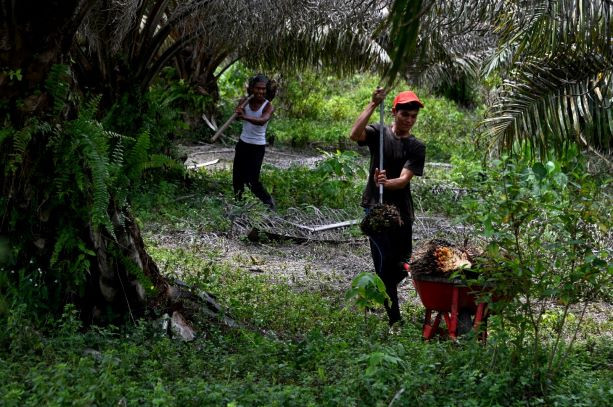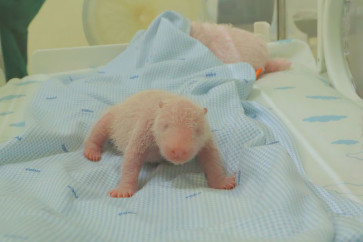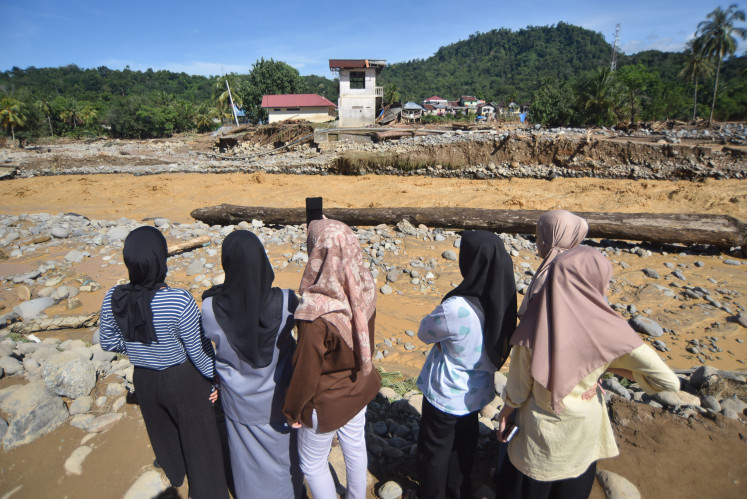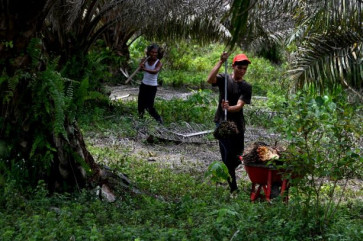Popular Reads
Top Results
Can't find what you're looking for?
View all search resultsPopular Reads
Top Results
Can't find what you're looking for?
View all search resultsPeace with nature: COP16 and the global biodiversity framework
COP16 and next month’s COP29 together present a critical opportunity for the world's countries to unify efforts toward saving our planet's biodiversity, and Indonesia, as a biodiversity hot spot, has a key part to play in drawing upon all resources to lead the way at home.
Change text size
Gift Premium Articles
to Anyone
H
umanity faces an existential crisis as nature’s decline accelerates at an unprecedented rate. The World Wildlife Fund’s Living Planet Report (LPR) 2024 reveals that global wildlife populations have plummeted an alarming 73 percent over the last 50 years, underscoring the urgency for coordinated global action.
The 16th Conference of the Parties (COP16) to the Convention on Biological Diversity (CBD), which runs from Oct. 21 to Nov. 1 in Cali, Colombia, arrives at this critical juncture.
The significance of COP16 cannot be overstated. Themed “Peace with Nature”, it is the first biodiversity-focused conference since the adoption of the Kunming-Montreal Global Biodiversity Framework (GBF) at COP15 in 2022. This landmark agreement, which contains 23 targets for halting and reversing biodiversity loss, includes the flagship goal of protecting 30 percent of the world’s land and seas by 2030, also known as the “30x30” target.
Yet, with only 8.35 percent of oceans and 17.5 percent of land currently protected, significant progress is still required. Moreover, as of mid-October, only 29 countries have submitted their national biodiversity strategies to align with the framework, which has raised concerns about meeting the 2030 deadline.
As a biodiversity hot spot, Indonesia has made progress in conserving its natural resources as outlined in Indonesian Biodiversity Strategy and Action Plan (IBSAP) 2025-2045. By 2023, the country had protected 26.7 percent of its land and 8.9 percent of its seas toward to achieving its 30 percent target by 2045.
Indonesia scores 0.75 on the Red List Index (RLI), which indicates a low extinction value. An RLI value of 1.0 means that all species qualify as “least concern”, meaning that they are not expected to become extinct in the near future, while an RLI value of 0 means all species have gone extinct.
The International Union for Conservation of Nature (IUCN) administers the index based on taxon data of amphibians, birds, mammals, reef-forming corals and cycads. The RLI reflects the overall trend in extinction risk for species and is used by governments to track their progress toward the targets of reducing biodiversity loss.



















